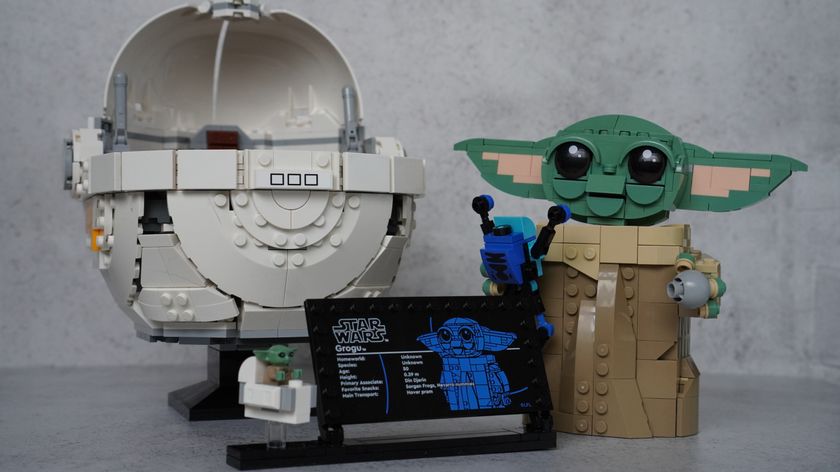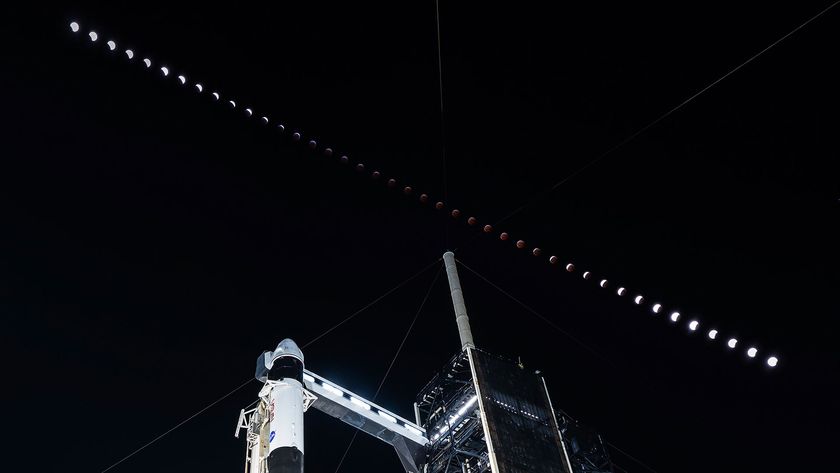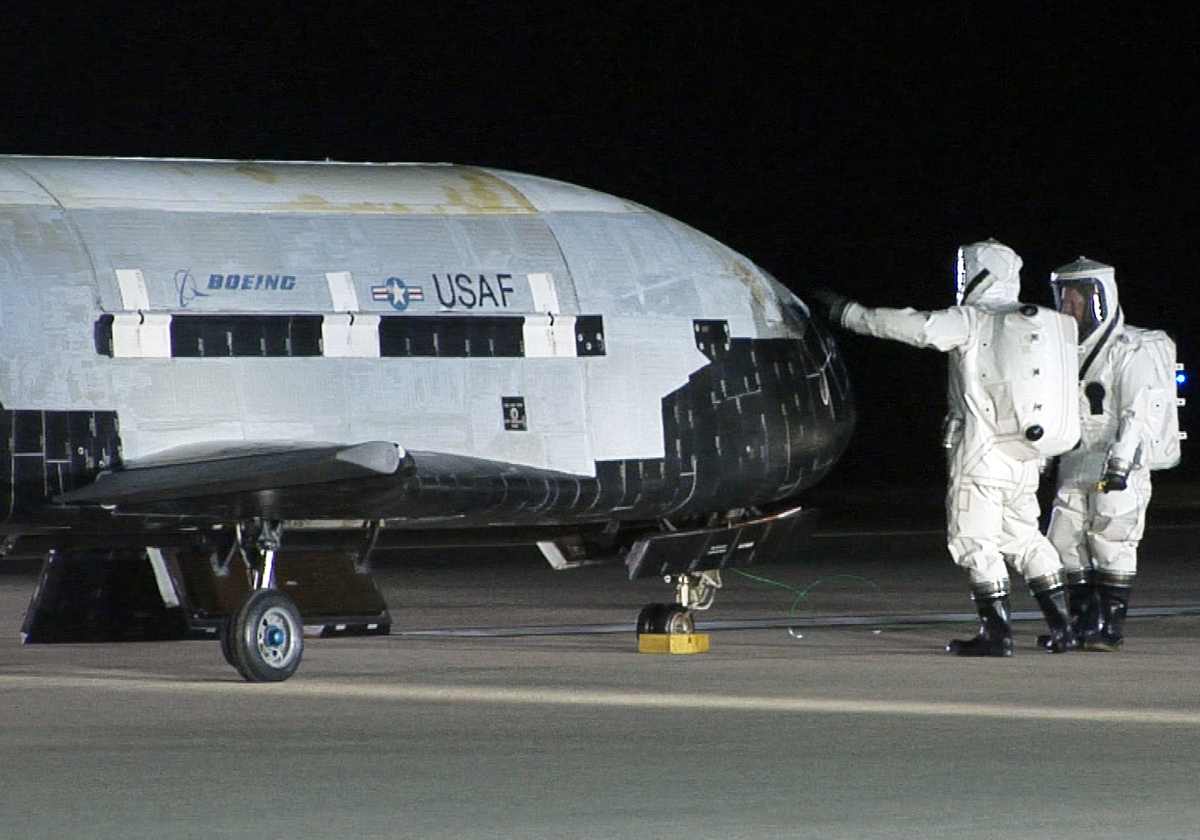
An unmanned military space plane has achieved a major longevity milestone, zipping around Earth for 500 days on a clandestine mission for the United States government.
The U.S. Air Force's X-37B space plane launched on its third and latest mission on Dec. 11, 2012. As of today (April 24), the vehicle has been aloft for 500 days — far longer than its officially stated maximum orbital lifetime of 270 days.
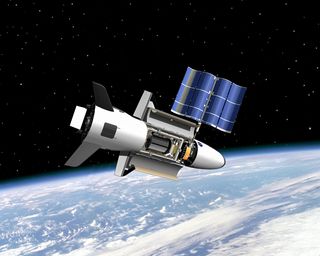
"Clearly, and understandably, the Air Force initially set the expected parameters [of the X-37B] conservatively, not really knowing what it could do until it was tested — which is what they are doing now," said Joan Johnson-Freese, professor of national security affairs at the Naval War College in Newport, R.I. [Photos: The X-37B Space Plane's 3rd Mystery Mission]
"Personally, I think it's commendable that they are pushing it to the extent that they appear to be," Johnson-Freese told Space.com via email. "That's the only way to really know what it can do."

A tiny robotic space shuttle
The reusable X-37B looks like NASA's now-retired space shuttle, only much smaller. The robotic space plane is 29 feet (8.8 meters) long by 9.5 feet (2.9 m) tall with a wingspan of nearly 15 feet (4.6 m). Its payload bay is the size of a pickup truck bed. (The space shuttle's payload bay, by comparison, could fit two entire X-37Bs inside.)
Like the space shuttle, the X-37B launches vertically with the aid of a rocket, then returns to Earth horizontally for a runway landing. While the shuttle needed a pilot, however, the X-37B comes home autonomously, without any guidance from human hands.
Get the Space.com Newsletter
Breaking space news, the latest updates on rocket launches, skywatching events and more!
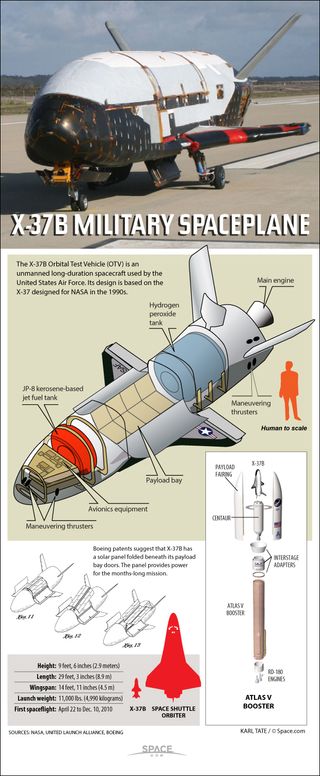
The Air Force has two X-37B space planes, both of which were built by Boeing's Phantom Works division. These two planes have flown a total of three missions, which are known as OTV-1, OTV-2 and OTV-3. ("OTV" is short for Orbital Test Vehicle.)
OTV-1 blasted off in April 2010 and circled Earth for 225 days. The second X-37B vehicle launched in March 2011, initiating the OTV-2 mission. This spaceflight lasted 469 days, finally touching down at California's Vandenberg Air Force Base in June 2012.
The current OTV-3 mission employs the first X-37B, the plane that flew OTV-1.
There's no telling when OTV-3 will end, experts say; the X-37B is solar-powered and thus can keep circling Earth for long periods. Further, observations by amateur satellite trackers indicate that the vehicle has made just one or two maneuvers during OTV-3, suggesting that the craft has plenty of thruster fuel left, said Brian Weeden, a technical adviser with the Secure World Foundation and a former orbital analyst with the Air Force.
The current mission "seems long, but that's based off of the original [270-day] estimate. We don't have anything else to go on," Weeden told Space.com. "And it's not long for other satellites. It's common for satellites, especially typical national security satellites that are well-designed, to be in orbit for years to decades."
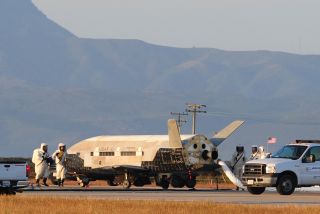
Mystery missions
The Air Force does not divulge specifics about the X-37B's orbital activities, asserting that the vehicle's payloads are classified.
This secrecy has spurred some speculation that the X-37B may be a space weapon of some sort, perhaps tasked with taking out other nations' satellites. Military officials have repeatedly refuted this notion, stressing that the vehicle is merely a testbed that helps demonstrate next-generation space tech.
"The primary objectives of the X-37B are twofold: reusable spacecraft technologies for America's future in space, and operating experiments which can be returned to, and examined, on Earth," Air Force officials write in an X-37B fact sheet.
This broad claim is probably true, Weeden said. He suspects the vehicle is testing out experimental sensors and satellite hardware, perhaps for the U.S. National Reconnaissance Office, which builds and operates the country's spy satellites.
While mystery surrounds the X-37B and its missions, amateur satellite spotters are piercing the veil a bit. For example, their observations suggest that the space plane is circling Earth at an altitude of about 218 miles (350 kilometers), Weeden said.
"That's really low for a satellite," he said. "It's well below the radiation belts, and it's well below the most dense debris field."
Further, the X-37B ranges from 43.5 degrees north latitude to 43.5 degrees south latitude as it zips around Earth during the OTV-3 mission. So whatever the space plane is looking at likely lies within that stretch of the globe, Weeden said.
"It's not looking at Russia. It's not looking at Europe," he said. "My guess would be somewhere in the Middle East."
Follow Mike Wall on Twitter @michaeldwall and Google+. Follow us @Spacedotcom, Facebook or Google+. Originally published on Space.com.
Join our Space Forums to keep talking space on the latest missions, night sky and more! And if you have a news tip, correction or comment, let us know at: community@space.com.

Michael Wall is a Senior Space Writer with Space.com and joined the team in 2010. He primarily covers exoplanets, spaceflight and military space, but has been known to dabble in the space art beat. His book about the search for alien life, "Out There," was published on Nov. 13, 2018. Before becoming a science writer, Michael worked as a herpetologist and wildlife biologist. He has a Ph.D. in evolutionary biology from the University of Sydney, Australia, a bachelor's degree from the University of Arizona, and a graduate certificate in science writing from the University of California, Santa Cruz. To find out what his latest project is, you can follow Michael on Twitter.
